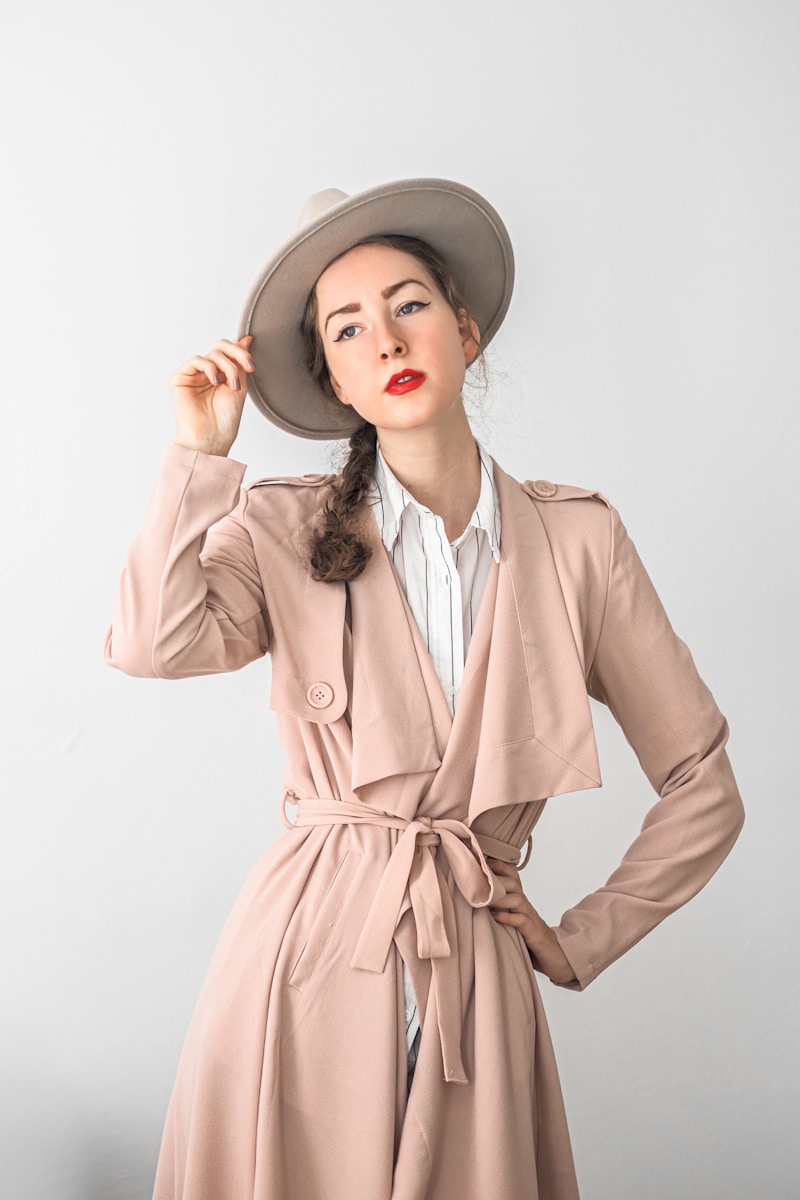Fashion has always thrived on contradiction. The same industry that insists on rules also delights in breaking them, spinning rebellion into innovation. Among the most notorious of these so-called rules is the belief that prints should never be mixed. For decades, style guides preached the gospel of restraint: one pattern at a time, lest the wearer descend into chaos. Yet in recent years, “print on print” has shifted from taboo to triumph. No longer seen as sartorial sin, it is now celebrated as one of the boldest ways to express individuality.
This essay unpacks the rise of print mixing as a mainstream fashion statement, exploring its historical roots, its cultural impact, and why it resonates so strongly today. By tracing how runway daring translated into everyday style, we discover that print on print is not merely a trend but a philosophy of fashion freedom.
The History of Print Mixing
The anxiety around prints has deep roots. In Western fashion, the 20th century emphasized “matching” as a marker of good taste. Coordination was seen as elegance, while clashing patterns signaled carelessness. Even as psychedelic prints flourished in the 1960s and ’70s, they often appeared as singular, dominating motifs rather than intentional combinations.
Yet outside of Western fashion, mixing prints has long been part of tradition. African wax fabrics, Indian saris, and Japanese kimonos often combine multiple motifs, layered in vibrant harmony. These cultural practices reveal that “clashing” is a matter of perspective, not an inherent fashion flaw. The Western prohibition was less about aesthetics and more about cultural convention.
The globalized fashion world of the 21st century cracked this narrow rule open. Designers drew inspiration from global textiles, introducing layered prints onto runways. Suddenly, what was once dismissed as chaos was reframed as creative confidence.
The Runway as Laboratory
Runways became the testing ground for print-on-print experiments. Brands like Etro, Dries Van Noten, and Versace built reputations on fearless mixing—paisleys with florals, stripes with animal prints, tartans with polka dots. At first, these combinations shocked. Fashion critics debated whether it was genius or madness. But as collections repeated the theme season after season, the eye adjusted. What once looked unruly began to look modern.
This process illustrates how fashion rules change: repetition creates normalization. Runways push extremes—head-to-toe patterned suits, dresses that layer four or five prints at once. While most consumers won’t copy these looks wholesale, the visuals loosen old assumptions. Suddenly, pairing a striped blouse with a floral skirt doesn’t seem so outrageous.
Why Print Mixing Resonates Now
The popularity of print on print in the 2020s reflects deeper cultural shifts. We live in a time defined by hybridity, where boundaries between categories—online and offline, professional and personal, global and local—blur constantly. Style mirrors this environment. Wearing multiple prints feels like a visual metaphor for complexity, refusing to reduce identity to one note.
There’s also joy in print mixing. After years dominated by minimalist “quiet luxury,” bold patterns feel celebratory. Prints bring color, humor, and whimsy back into wardrobes. In uncertain times, fashion often swings toward playfulness as a coping mechanism. Print on print delivers that playfulness in abundance.
The Psychology of “Breaking Rules”
There’s something inherently empowering about breaking a rule, especially one as ingrained as “never mix prints.” When someone wears stripes with florals or plaids with polka dots, they signal independence from convention. They project confidence, saying: “I dress for myself, not for approval.”
Psychologists who study clothing note that bold fashion choices often correlate with heightened self-expression and mood enhancement. Wearing print on print can literally make someone feel braver, as the outfit becomes an extension of personality rather than a safe disguise. It’s not just style—it’s performance of identity.
Principles Behind the Chaos
Though print mixing seems anarchic, successful combinations often rely on subtle principles. Fashion stylists highlight a few recurring strategies:
Color Harmony: Even wildly different prints can coexist if they share a color palette. A navy polka-dot blouse pairs effortlessly with a floral skirt containing hints of navy.
Scale Contrast: Mixing a small, tight pattern with a large, open one prevents visual overload. Tiny gingham with oversized florals feels balanced rather than busy.
Neutral Anchors: Adding a solid belt, jacket, or pair of shoes can ground the look, giving the eye a resting point.
The Intentional Clash: Sometimes, deliberate opposition creates the boldest impact—think leopard print with plaid, each unapologetic in its difference.
These strategies reveal that print mixing is less about chaos than choreography. It is a dance of patterns, where the rules are rewritten but not discarded.
Street Style and Democratization
As with many trends, street style made print on print feel achievable. Fashion weeks became showcases for influencers layering checks with florals, animal prints with stripes. Social media amplified these looks, showing how “real people” adapted runway daring into daily wear.
A blogger might wear a floral bomber jacket over a striped dress to brunch, while another pairs tartan trousers with a leopard-print coat for winter errands. These images proved that print on print wasn’t just for models; it could thrive on sidewalks, coffee shops, and offices. The accessibility of styling tips—shared in reels, TikToks, and Pinterest boards—further democratized the trend.
Cultural Significance
Print mixing also reflects cultural inclusivity. Global textile traditions—African Ankara, South American ikat, South Asian block prints—have always celebrated multiplicity. Western fashion’s adoption of mixed prints acknowledges these influences, though it also raises questions of appropriation versus appreciation. Ideally, this embrace sparks curiosity about the origins of patterns and encourages respect for textile heritage.
At its best, print on print embodies cultural hybridity: the celebration of difference as harmony, the recognition that beauty comes from combination rather than conformity.
Everyday Styling: Making It Work
For those hesitant to try, there are easy entry points:
Start small with accessories. A striped scarf worn with a floral top can feel playful without overwhelming.
Lean on classics. Black-and-white prints mix more easily, so pairing polka dots with houndstooth is less intimidating.
Use layering. A patterned blazer over a different patterned blouse creates instant intrigue.
Trust the eye. If a combination makes you smile, it likely works—even if no “rule” justifies it.
Print on print is less about technical perfection and more about confidence. The most stylish looks often come from trusting instinct rather than obeying formula.
The Future of Print Mixing
Looking ahead, digital design and technology are expanding the possibilities of print. 3D printing, augmented reality clothing, and AI-generated patterns will likely amplify the trend, creating prints we’ve never seen before. Imagine a dress that projects shifting digital motifs, layered over a coat with traditional floral embroidery—a collision of future and past.
As fashion becomes increasingly global, hybridization will remain central. Print mixing will not fade as a fad but evolve as a constant reminder that style is conversation, not conformity.



